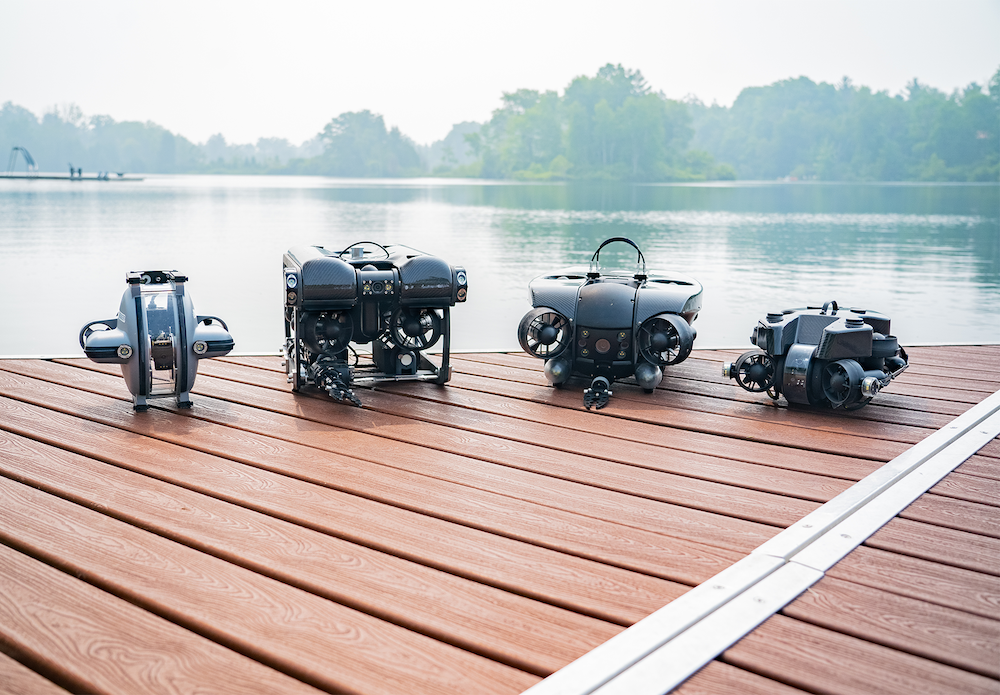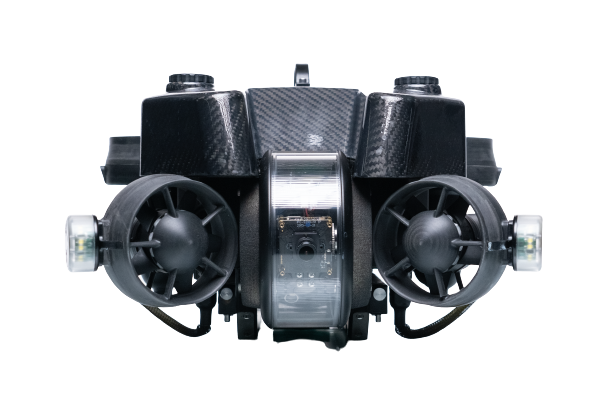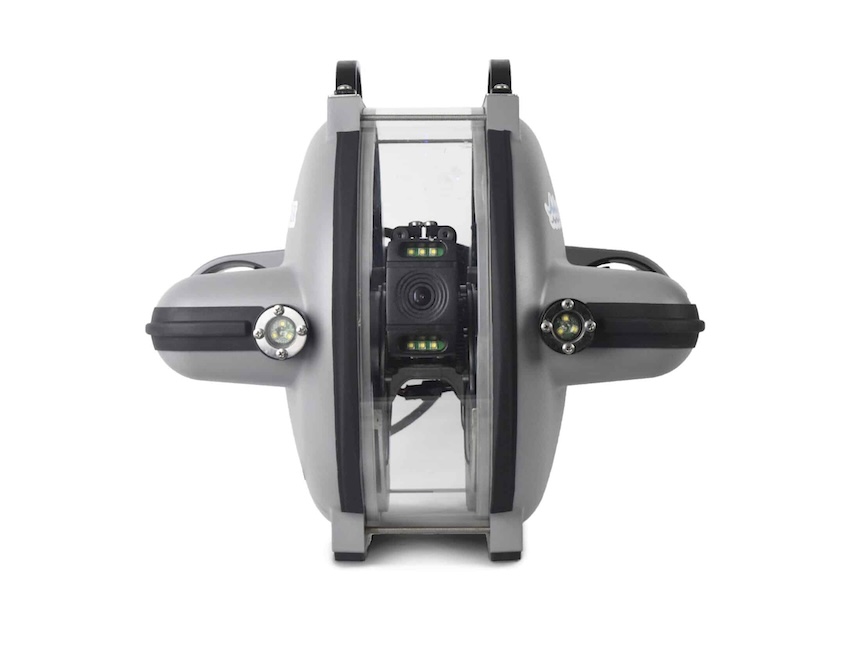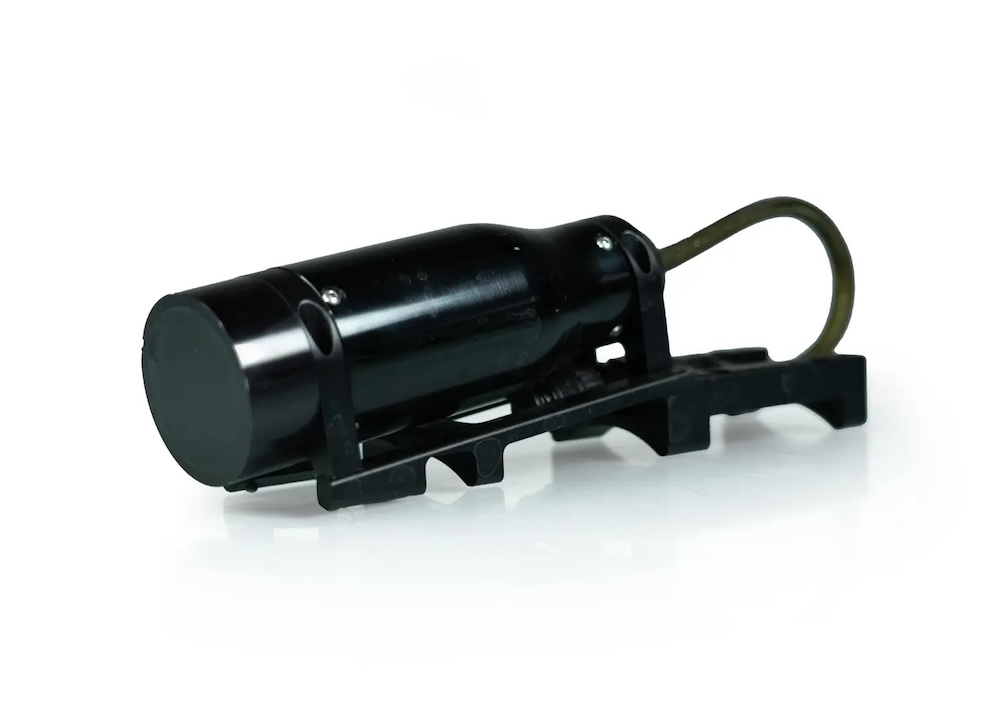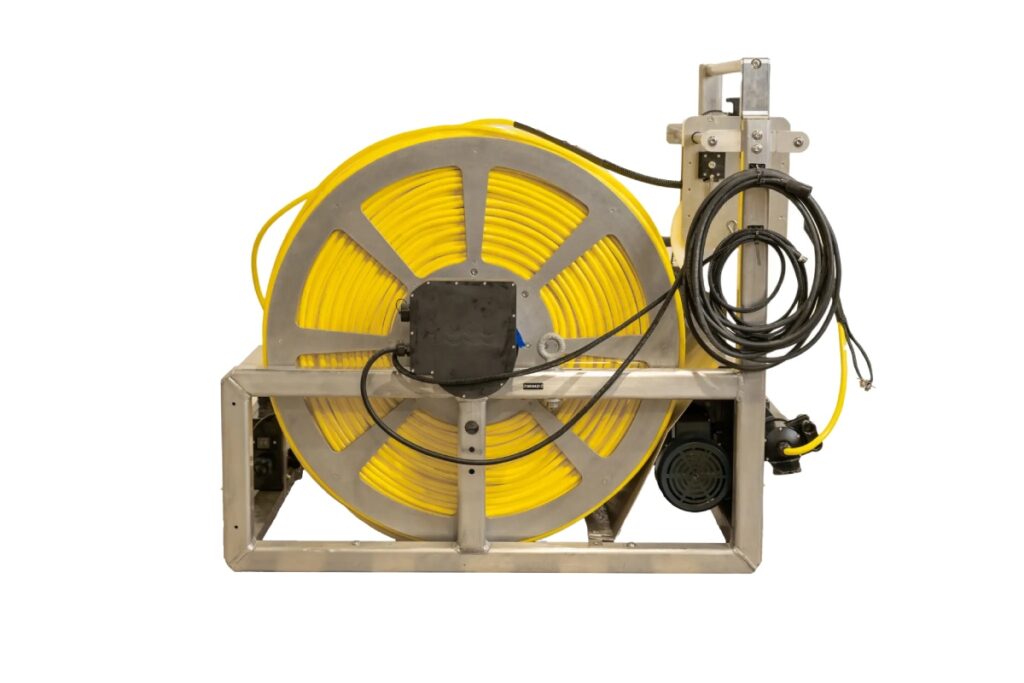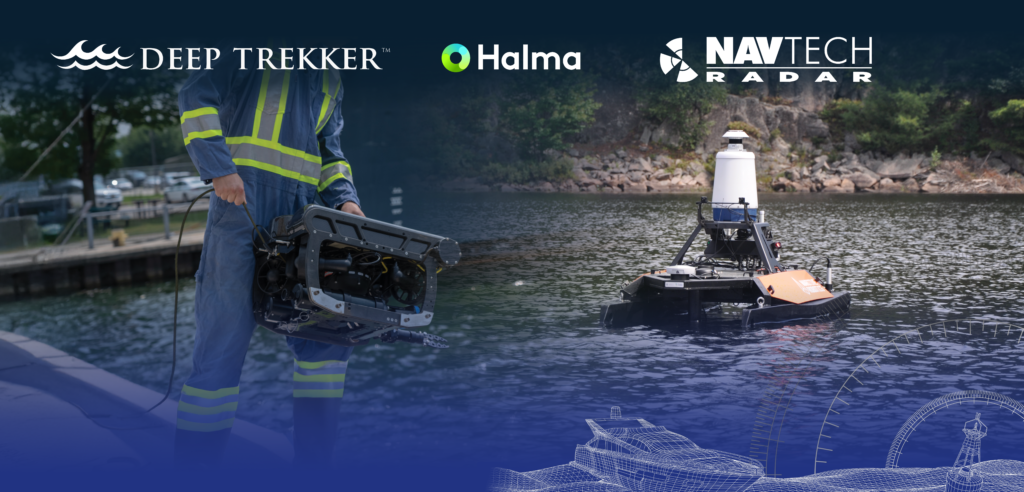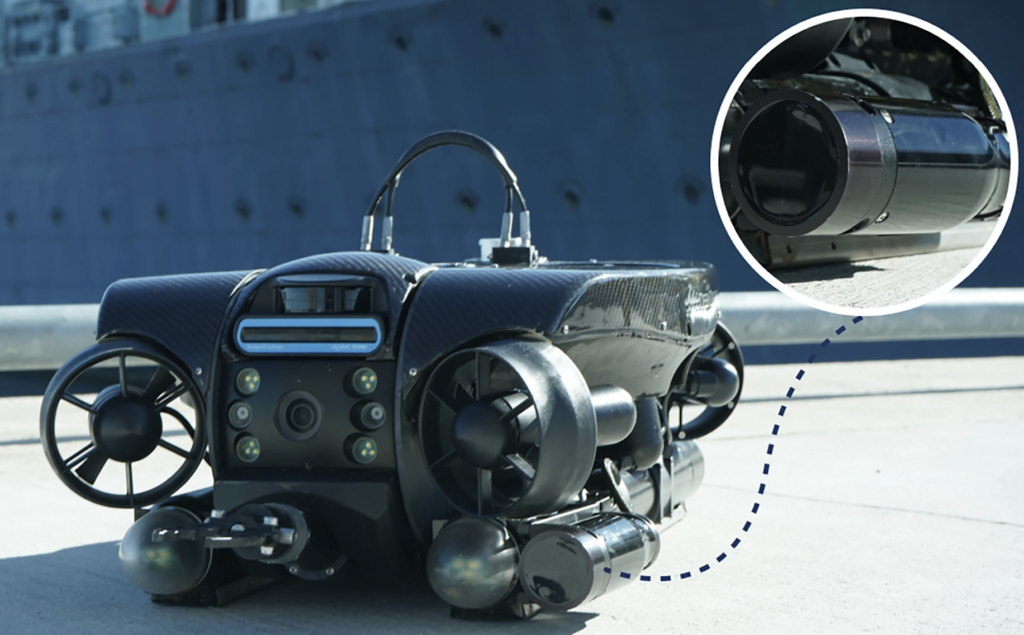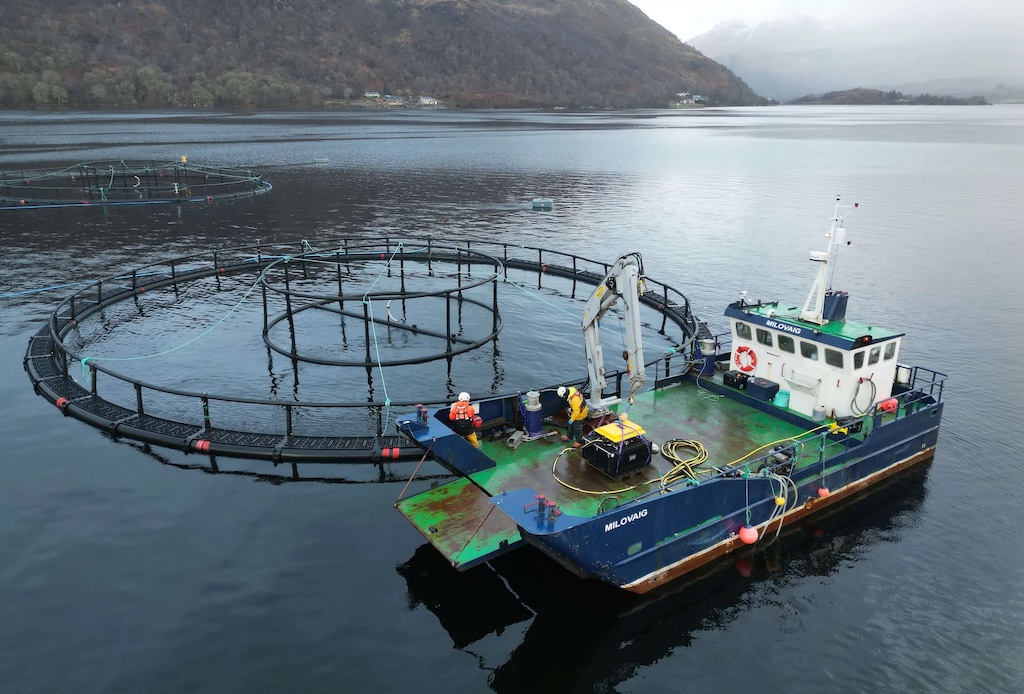
Deep Trekker remotely operated vehicle (ROV) technology is employed by Individual Enterprise Ynamly Yol Hyzmaty to improve the efficiency and cost-effectiveness of offshore non-destructive testing (NDT) and underwater inspections.
The company uses the Deep Trekker REVOLUTION ROV, equipped with the Cygnus thickness gauge, to perform underwater metal thickness measurements, vessel hull inspections, steering system assessments, and subsea pipeline evaluations.
Ynamly Yol Hyzmaty provides services in shipbuilding, repair, subsea work, and maintenance of equipment including inflatable life-saving appliances and lifting devices. The company also supports the oil and gas industry with inspection and maintenance services.
The adoption of the Deep Trekker ROV has allowed the company to conduct underwater thickness measurements on offshore platform supports without needing divers or support vessels. This has led to increased operational efficiency. The ROV’s maneuverability and video quality have enabled precise data collection.
The ROV has replaced traditional methods, reducing safety risks and time requirements. Key features include quick deployment using a hook and cable, Mission Planner software for pre-planned routes, and integration with the Cygnus gauge for accurate measurements.
Ynamly Yol Hyzmaty has expanded its service offerings, securing inspection work on ferries and tugboats. The company has completed inspections without divers and has reported improved turnaround times for clients.
The team received two days of online training with Deep Trekker’s technical staff, using step-by-step presentations. Despite language barriers, they successfully learned to operate the ROV and began independent inspections.
Future plans include conducting bathymetric surveys with USBL and DVL systems and integrating sonar. The company is also considering adding REVOLUTION Side Bumpers to improve the ROV’s durability during hull contact.
By using Deep Trekker ROVs, Ynamly Yol Hyzmaty has increased its capabilities in underwater inspections, reduced reliance on divers, and improved the quality and efficiency of its operations across maritime and offshore platforms.






